The Eight Most Remarkable Dark Tourism Sites in Russia
In the early 20th century, Russia experienced a period of social and political revolution. The powers that won spent the next 70 years trying to ensure the results remained the same. These actions led to the creation of many locations that have now become popular dark tourism sites.
Gorki Leninskiye
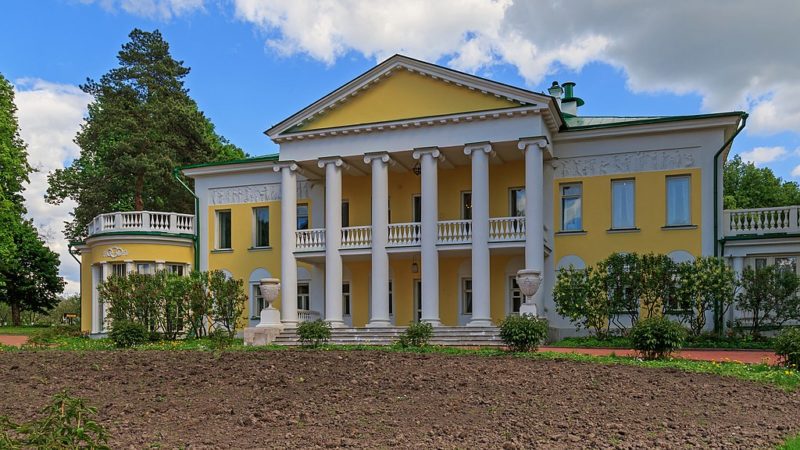
For a number of years, the Gorki Leninskiye estate was owned by Russian noblemen. Vladimir Lenin took over the property in 1918, around the same time his faction began the Red Terror that swept the country until 1922. He lived there on and off over the years, until his doctor advised him to make it his permanent residence in 1923.
Lenin died in 1924, and since then the location has become a museum. Among the items on display are his Rolls Royce Silver Ghost, his last will and testament, and other papers and books. However, the most interesting – and macabre – item the estate has in its possession is the former Soviet leader’s death mask.
Magadan Gulag
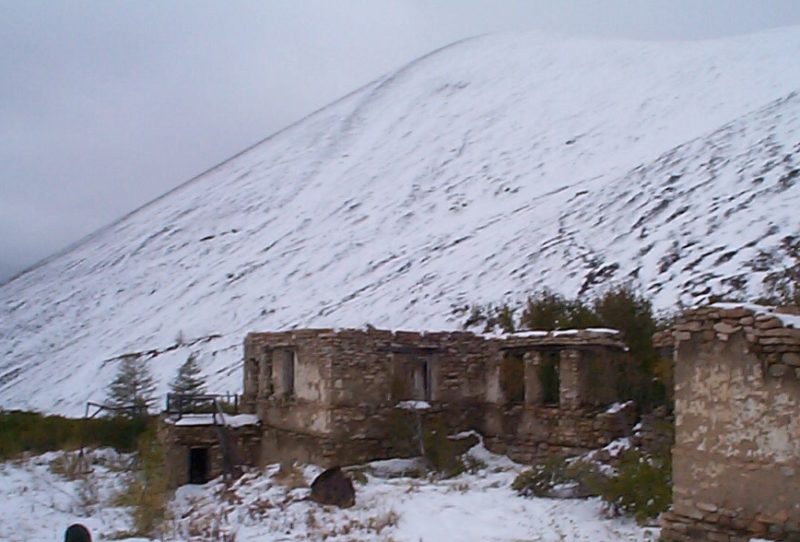
In the 20th century, gold and platinum were discovered in Russia’s far east. Unfortunately, the area’s cold and remote, so it was difficult to find people willing to live and work there. The government’s solution was to build prison camps, known as gulags, and have inmates work the mines.
The camps closed in the late 1960s and, today, the region has become an attraction for those interested in dark tourism. Given the dark past of the gulags, the highway leading to the area is referred to as the “Road of Bones.”
Murmansk
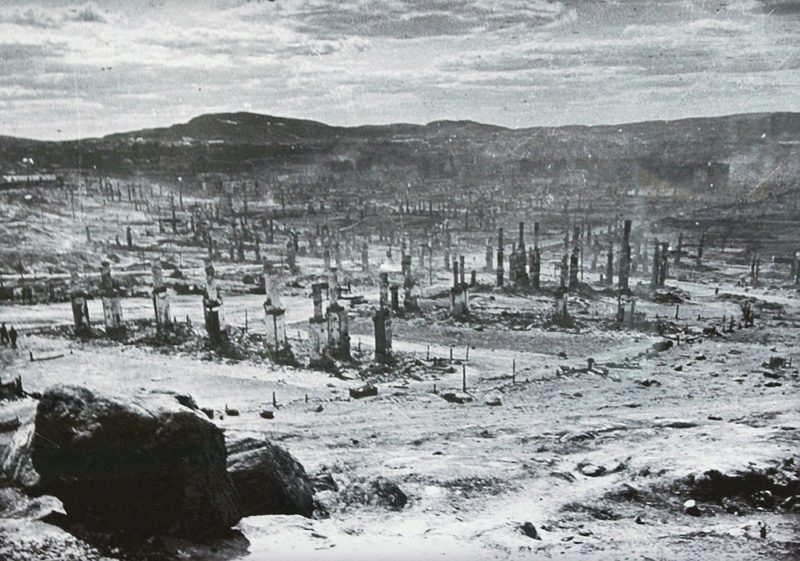
Murmansk isn’t all that old of a town. In fact, the area was settled in 1916, due to its proximity to Norway. During the Second World War, the port became crucial for Russia and its allies, leading the Luftwaffe to target the area 792 times.
However, during the Cold War, Murmansk turned into something different: a dark tourism hotspot. The area became a center for the Soviet Union’s nuclear submarines, and many tourists travel there to visit Lenin, a restored nuclear icebreaker that served the USSR for 30 years.
Joseph Vissarionovich Stalin Museum
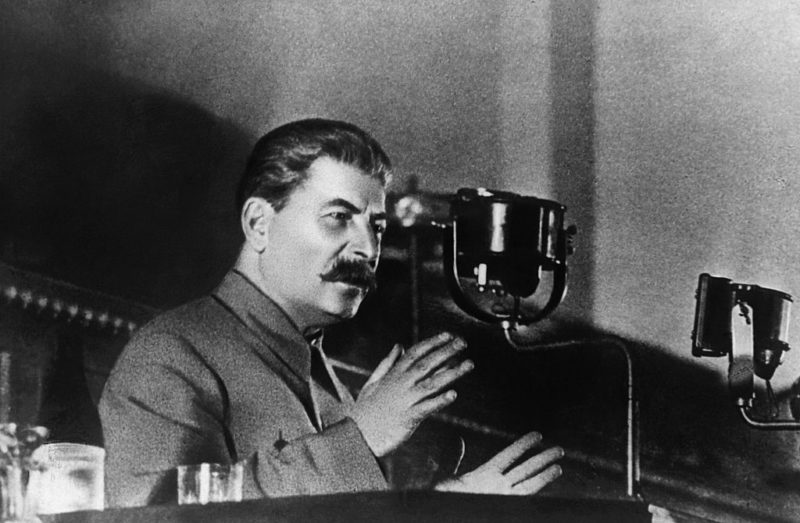
Joseph Stalin did an awful lot of bad things during his tenure as leader of the Soviet Union. Not only did he plunge the region into a devastating famine, which resulted in the deaths of millions of people, he also ensured that those who went against him and his ideologies were either imprisoned or executed – and we’re not even beginning to scratch the surface.
Visitors to the Joseph Vissarionovich Stalin Museum in Volgograd will learn nothing about that. The museum paints the former dictator as a benevolent figure who did nothing but move the USSR forward.
Perm-36
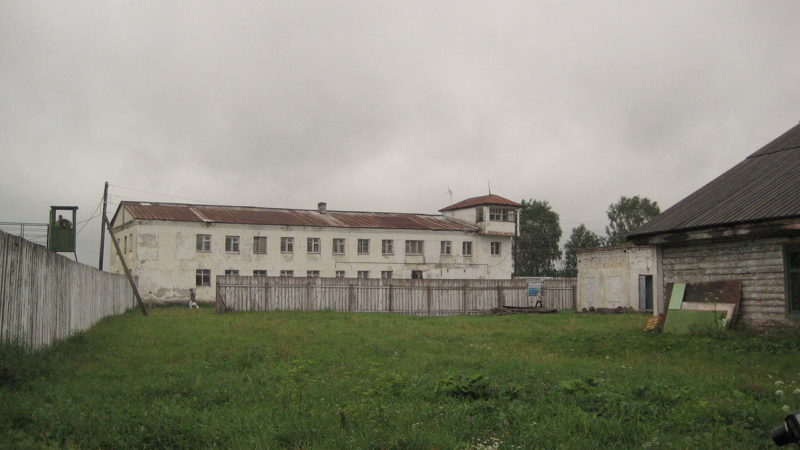
As aforementioned, the Soviet Union built a number of gulags throughout the early and middle parts of the 20th century. One of the most prominent and well-known was constructed in the city of Perm in 1946. Now a museum, it operated as a prison until 1988, with its English brochure reading:
“After Stalin’s death, the camp was converted to house officials of the repressive organs accused of ‘groundless repressive measures’ under the Stalinist regime. In 1972 the camp was converted into the harshest political camp [in] the country and operated [until] it closed in 1988.
“It included a ‘special-regime’ facility, the only one of its kind in the USSR, to house political prisoners in twenty-four-hour closed cells. They HAD continued their struggle against the regime and its ideology after their first prison terms and were considered to be ‘especially dangerous’ by the State. All of them, as a rule, were sentenced to 10 years.”
Mudyug Death Island
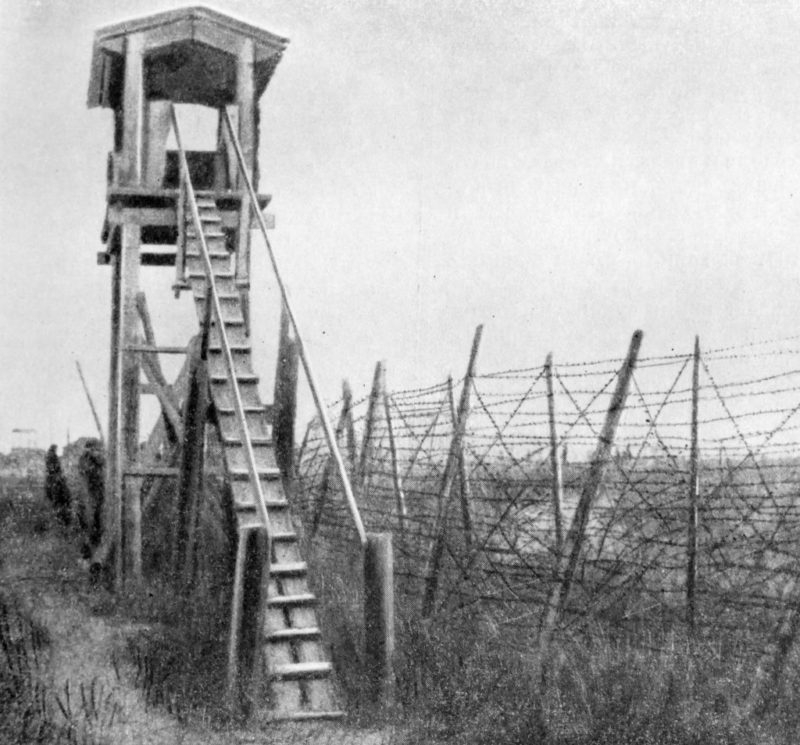
It’s not widely known, but Britain and France sent troops to Russia in 1918 to fight against the Bolsheviks. They arrested enemy fighters and sent them to a prison camp near the city of Arkhangelsk. Around a third died, giving the camp the nickname, “Death Island.”
Today, tourists regularly visit Death Island. During the height of the Soviet Union, there was a memorial dedicated to the atrocities experienced at the camp. Now, tourists look at the remnants of the museum and the camp’s abandoned barracks.
Griboyedov Canal
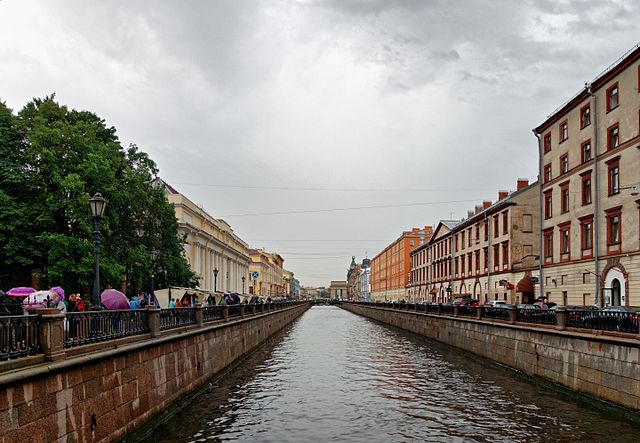
Fans of Fyodor Dostoevsky’s novel Crime and Punishment might be interested in visiting Saint Petersburg’s Griboyedov Canal. The body of water plays an important role in the famous novel.
Tourists also come to the canal to see the ghost of famed revolutionary Sophia Perovskaya, who helped plan the assassination of Tsar Alexander II in 1881. For this, she was sentenced to hanging. According to legend, her spirit visits the canal on misty nights in May and has red rope burns on her neck.
Mir Mine
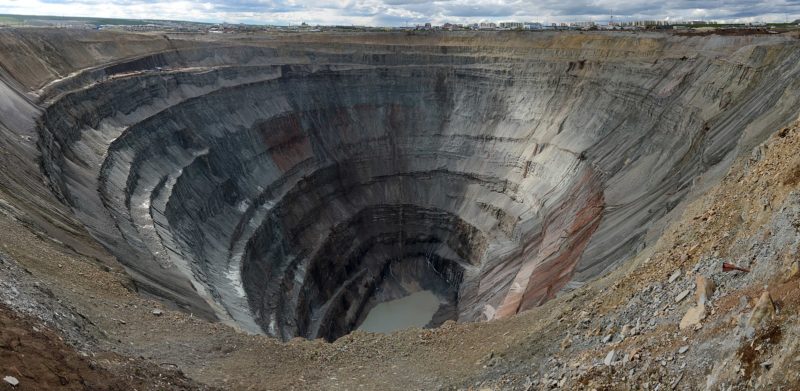
More from us: The Eight Most Interesting Bridges in the World
There isn’t much to do in the town of Mirny, in the Siberian region of Russia. At one time, however, there was plenty built up there, thanks to the massive amount of diamonds that the area’s mine produced in the 1950s-60s.
The mines have since closed, as the melting of permafrost each summer leads to severe flooding. That being said, people still visit the site each year.





